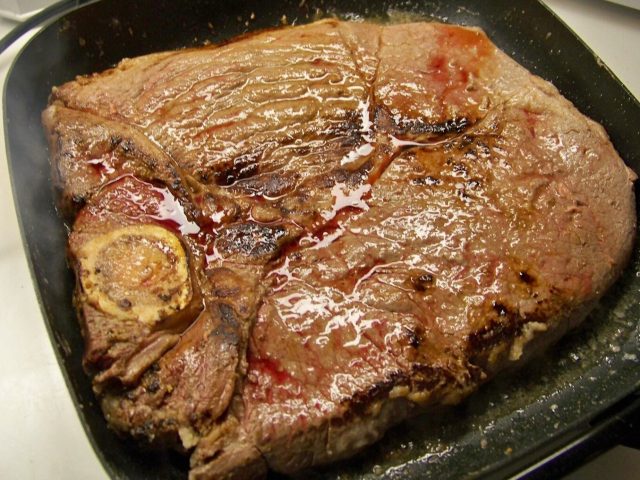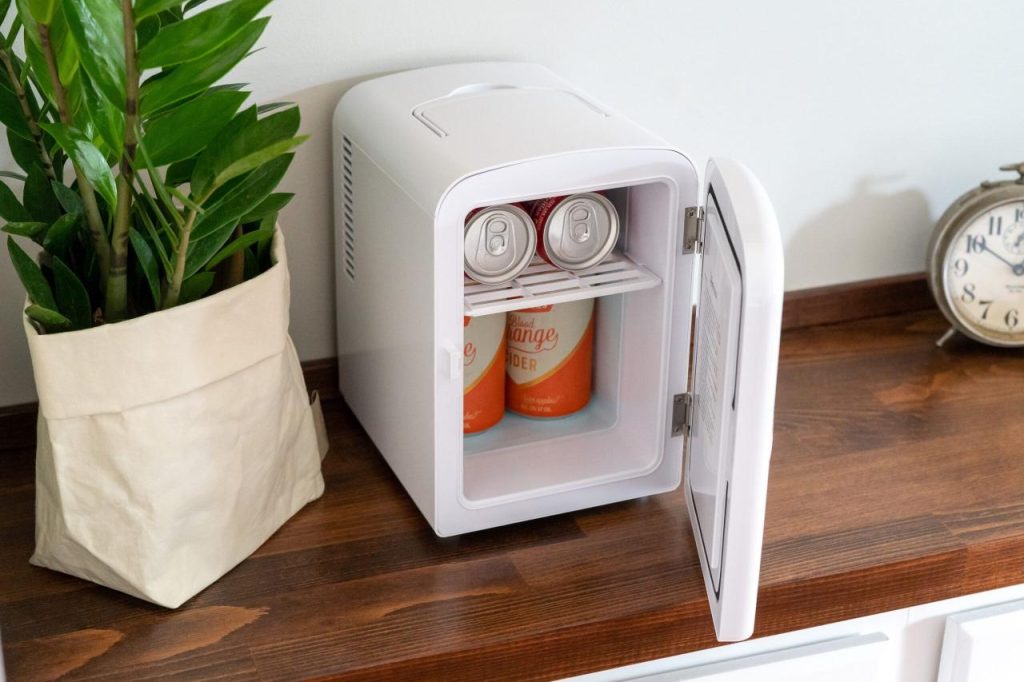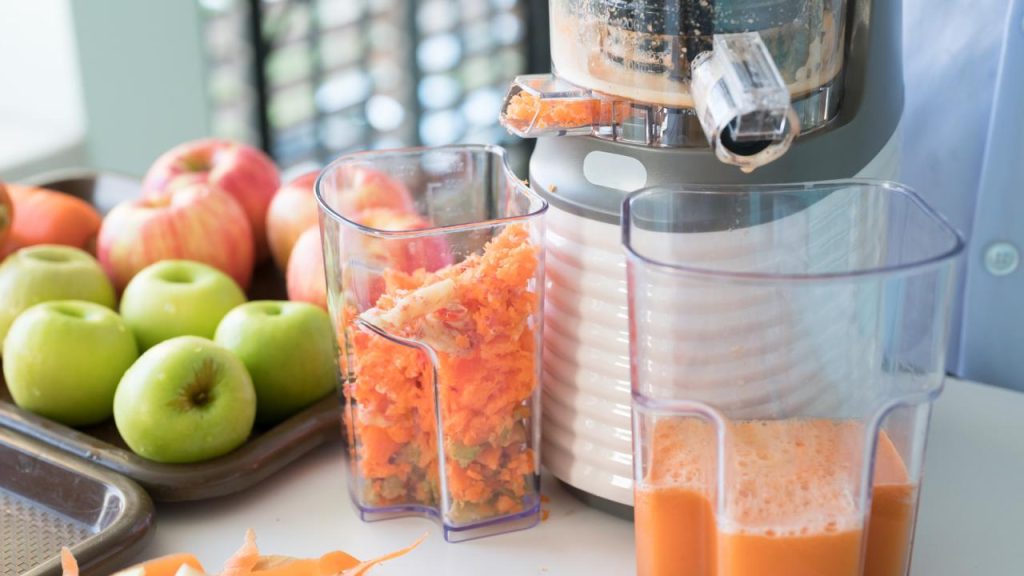Pressure cookers are frequently deemed indispensable in the kitchen for their rapidity and effectiveness. Nevertheless, certain individuals might harbor apprehensions about the possible hazards linked to their usage. The question arises: Is pressure cookers dangerous? Cook Eat Delicious will address your concerns in the following discussion.
Is pressure cooker dangerous?
When used correctly and in adherence to safety guidelines, pressure cookers are generally safe kitchen appliances. However, akin to any cooking tool, misapplication or negligence can introduce potential hazards.
The primary concern associated with pressure cookers revolves around the potential for explosion or scalding if the pressure release valve malfunctions or if the cooker is prematurely opened while still under pressure.
Risk of Explosion
A prevalent apprehension regarding pressure cookers involves the fear of an explosion. This concern arises from the high-pressure environment created within the pot to expedite the cooking process.
It’s essential to recognize that modern pressure cookers incorporate multiple safety features aimed at averting such incidents. These include pressure release valves and locking lids that prevent the lid from being opened while pressure remains inside the cooker.
Burns from Hot Steam
Another potential peril when using a pressure cooker is the possibility of burns resulting from hot steam. Upon releasing pressure after cooking, the steam emerges as a stream of intense heat. Careless handling can lead to severe burns.
Adhering to the manufacturer’s instructions for safely releasing pressure and keeping hands and face away from the steam vent is crucial to mitigate this risk.
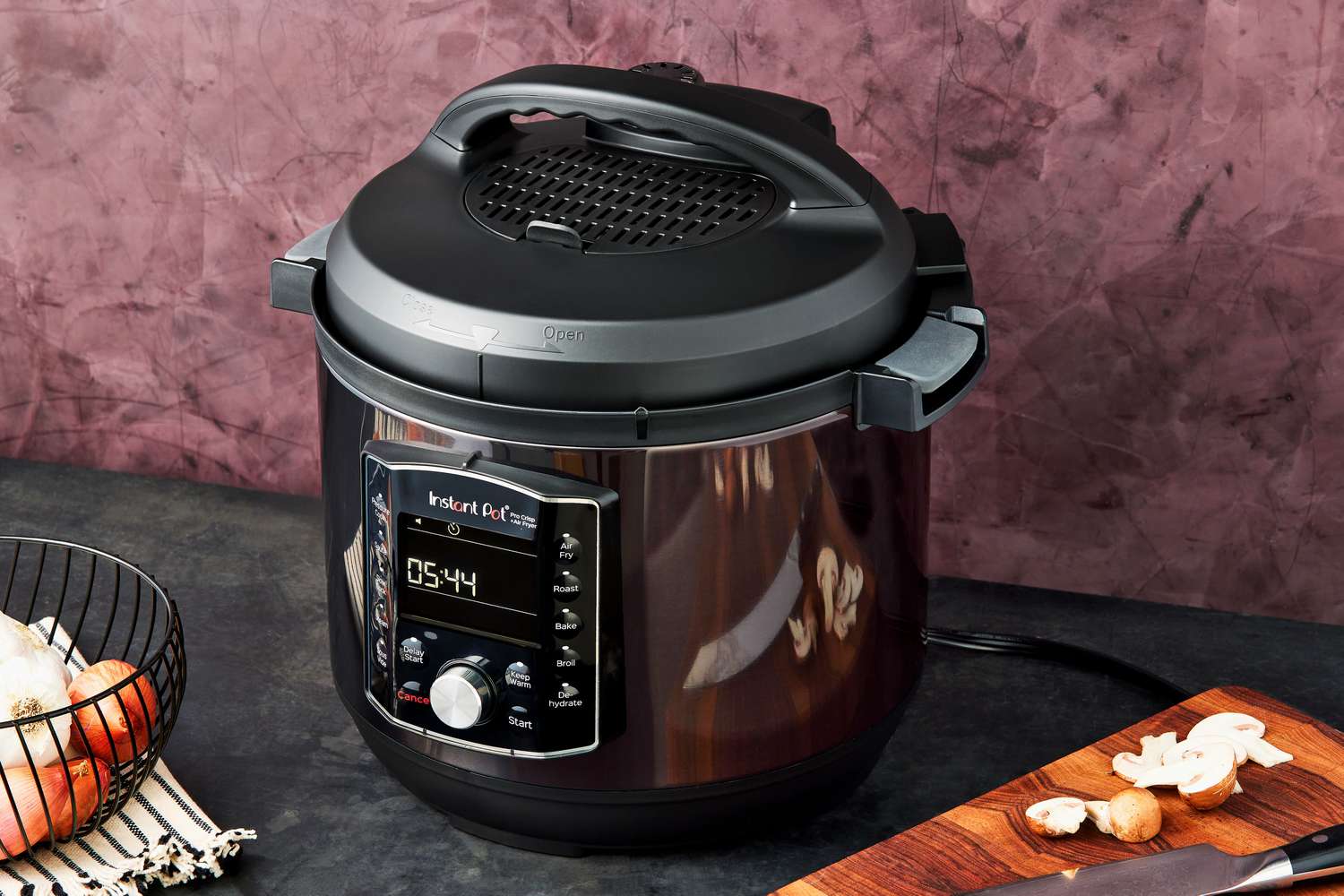
Safety Features of Pressure Cookers
In the 1950s, the popularity of pressure cooking waned as concerns arose about the potential for improperly sealed stovetop pressure cookers to explode.
However, contemporary pressure cookers come equipped with a range of safety features meticulously designed to forestall explosions, fires, and other mishaps. The specific features can vary based on the model and whether it is a stovetop or electric cooker.
Modern pressure cookers incorporate the following safety measures:
- Excess Pressure Release: Backup vents or overpressure plugs are integrated to release excess pressure, averting the risk of explosions.
- Rubber Gaskets: Specially designed rubber gaskets expand to prevent unlocking or removing the lid when the cooker’s contents are under pressure.
- Lid Lock: A lid lock mechanism ensures that the lid remains securely closed while the contents are under pressure.
- Pressure Regulators: Pressure regulators are employed to maintain pressure at safe levels, preventing it from reaching hazardous extremes.
- Leak Detection: Systems are in place to detect any leaks from the lid, contributing to the overall safety of the cooking process.
- Temperature Probes and Fuses: Temperature probes and fuses act as safeguards, protecting the cooker from overheating and providing an additional layer of protection.
These advancements in safety features have reinstated confidence in pressure cooking, making it a reliable and secure method for efficient and fast cooking in the modern kitchen.
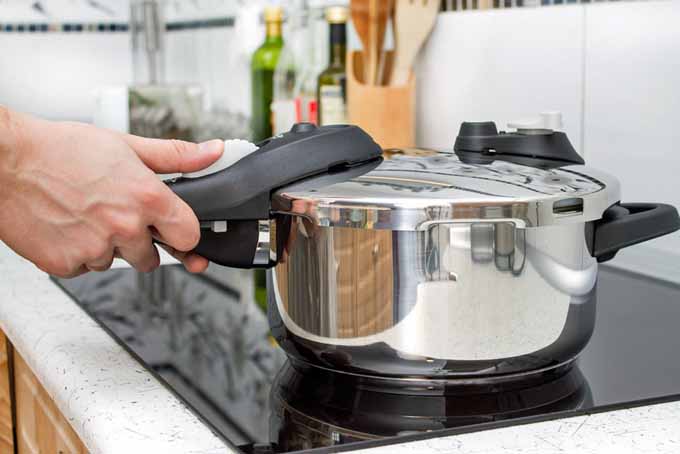
Safety Measures to Avoid Dangers
Prioritizing Regular Maintenance and Inspection
Regularly maintaining and inspecting your pressure cooker significantly mitigates potential risks. This entails scrutinizing the rubber gasket for any signs of wear and tear, ensuring the pressure valve remains unobstructed, and verifying the secure locking of the lid.
Taking a proactive approach, such as replacing worn-out parts and refraining from using the cooker if it exhibits damage or malfunctions, serves as a prudent safety measure.
Adherence to Manufacturer Instructions
Strictly adhering to the manufacturer’s instructions regarding the usage and upkeep of the pressure cooker is an effective strategy to minimize potential hazards.
This involves avoiding overfilling the pot, which could impede the steam vent and elevate pressure, and employing the correct method to release pressure.
Abiding by these guidelines not only enhances safety but also prolongs the lifespan of your pressure cooker.
In conclusion, while there exist potential dangers associated with pressure cooker use, they are largely preventable through responsible use and proper maintenance.
The advantages of employing a pressure cooker, such as reduced cooking time and enhanced energy efficiency, can undoubtedly outweigh the risks when approached with diligence and care.
